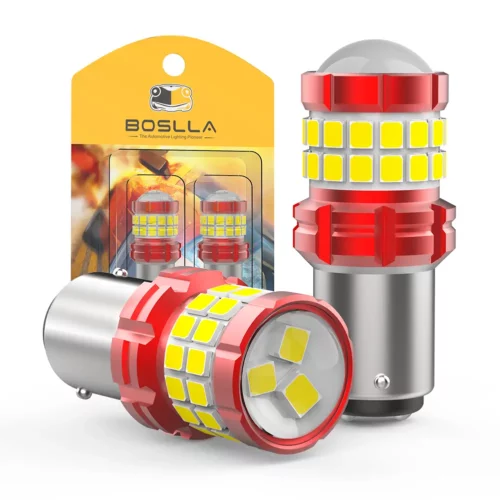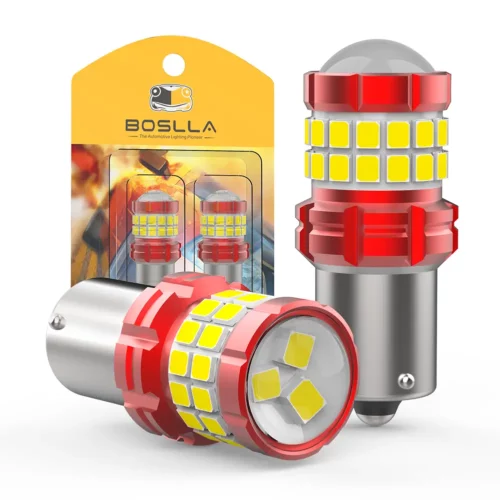
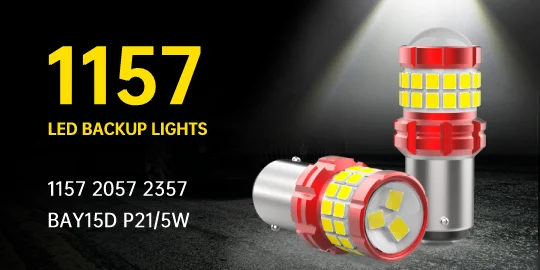
When it comes to automotive lighting, choosing the right bulb can make a big difference in visibility, safety, and functionality. Two of the most commonly confused bulbs are the 1157 and 1156. While they may look similar at first glance, they serve different purposes and have distinct features. In this blog, we’ll break down the differences between 1157 and 1156 bulbs using a simple comparison table to help you make the right choice for your vehicle.
Table of Contents
Understanding the Basics
Both the 1157 and 1156 bulbs belong to the BA15 family, meaning they share the same 15mm bayonet-style base. However, the similarities end there. Below is a detailed comparison of their differences:
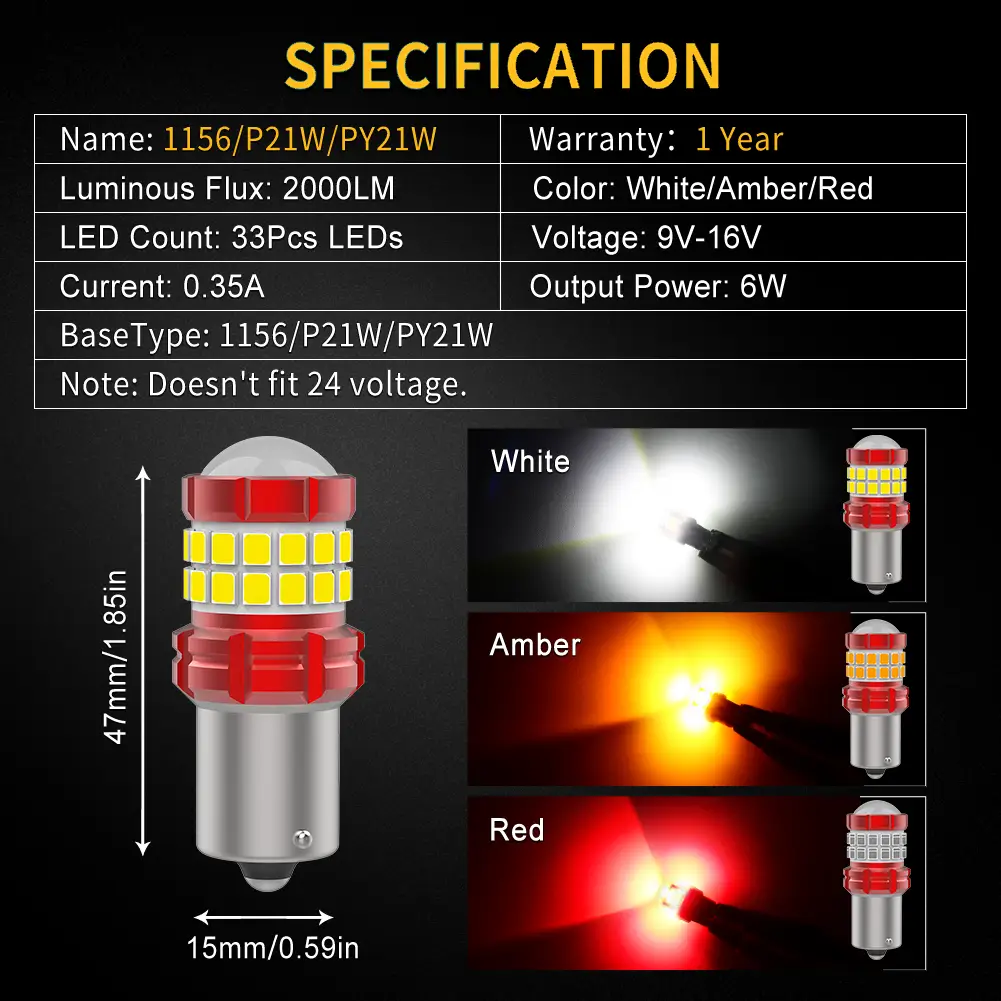
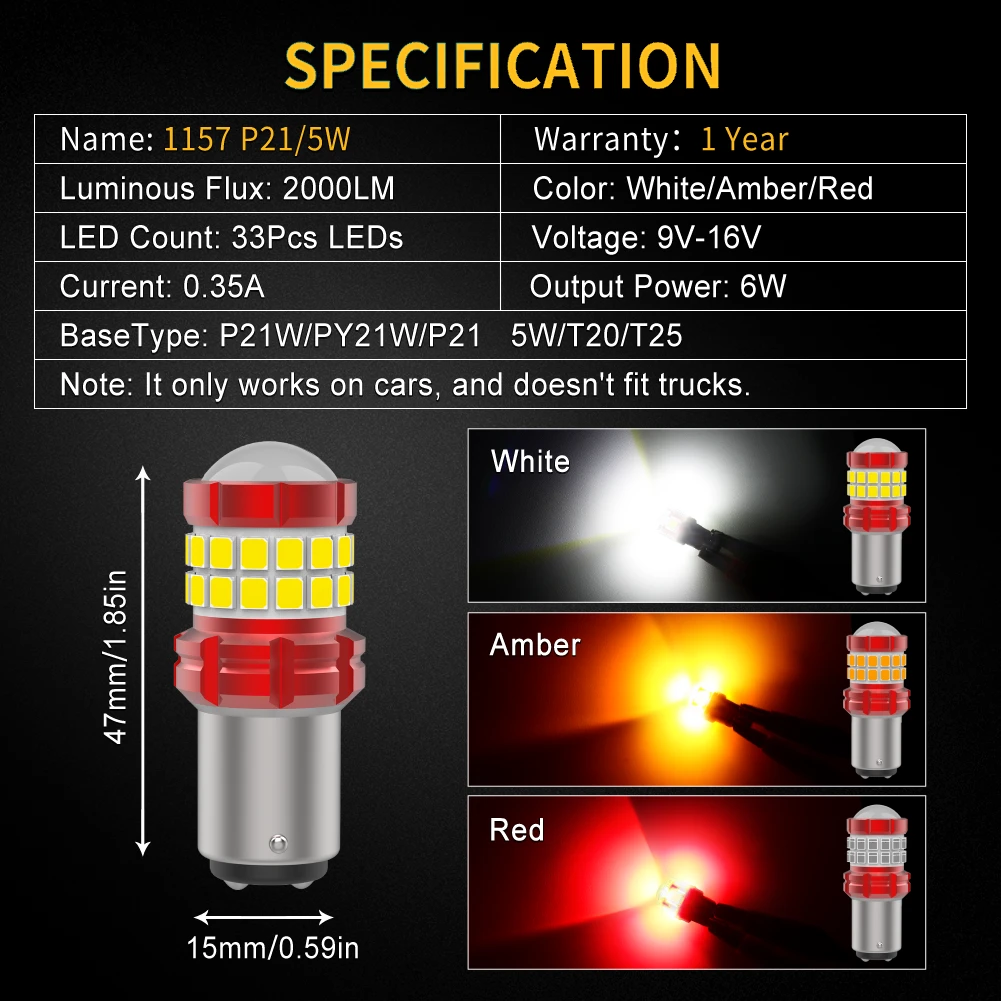
1157 VS 1156: Key Differences
| Feature | 1157 Bulb | 1156 Bulb |
|---|---|---|
| Base Type | BA15D (dual-contact with offset pins) | BA15S (single-contact with level pins) |
| Filament Count | Dual filament (2 brightness levels) | Single filament (1 brightness level) |
| Common Applications | Brake lights, taillights, turn signals | Taillights, turn signals, reverse lights |
| Voltage | 9-16V | 9-16V |
| Compatibility | Not interchangeable with 1156 | Not interchangeable with 1157 |
Which One Do You Need?
- If your vehicle requires a dual-function bulb (such as a tail light that also works as a brake light), you need an 1157.
- If your vehicle needs a single-function bulb (such as a turn signal or reverse light), you need an 1156.
Can You Swap 1157 Bulbs to 1156 Bulbs?
No, these bulbs are not directly interchangeable due to their different pin configurations and functionalities. Attempting to use the wrong bulb may lead to improper operation or even damage to the socket.
Summarize
Choosing between an 1157 and 1156 bulb comes down to understanding their intended use. The 1157 is designed for dual-function lighting, while the 1156 is meant for single-function applications. Always check your vehicle’s manual or the old bulb before purchasing a replacement to ensure the correct fit and function.

